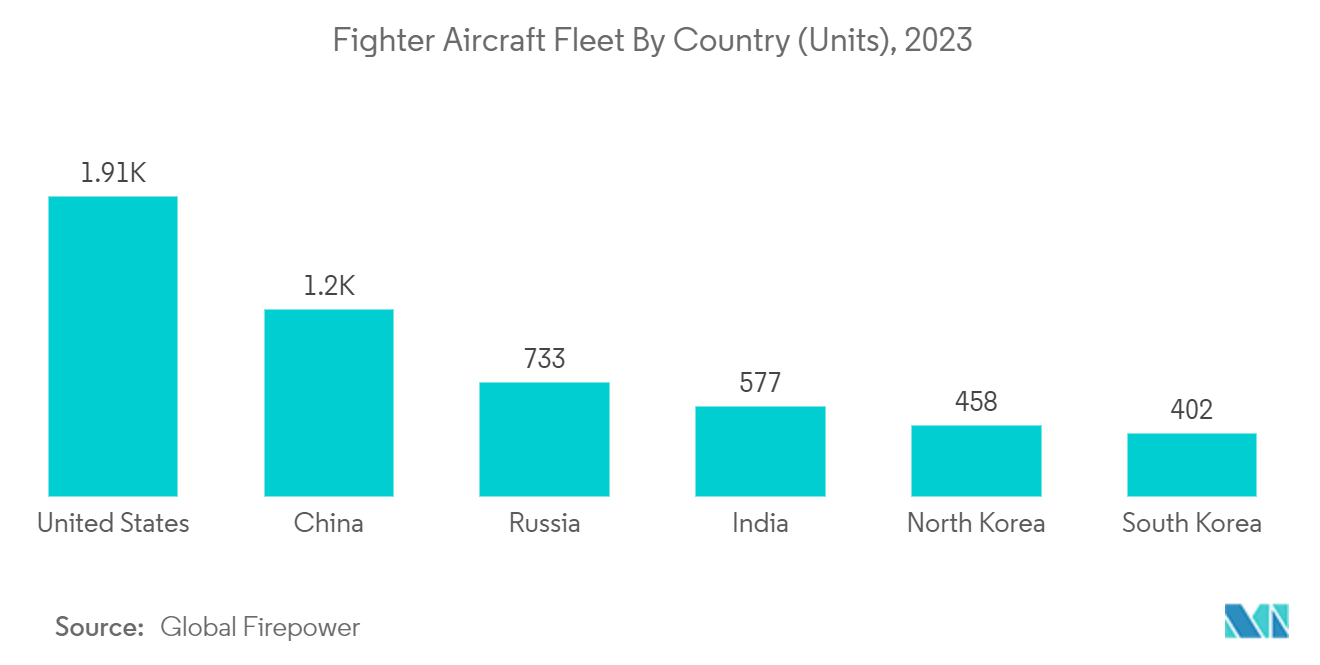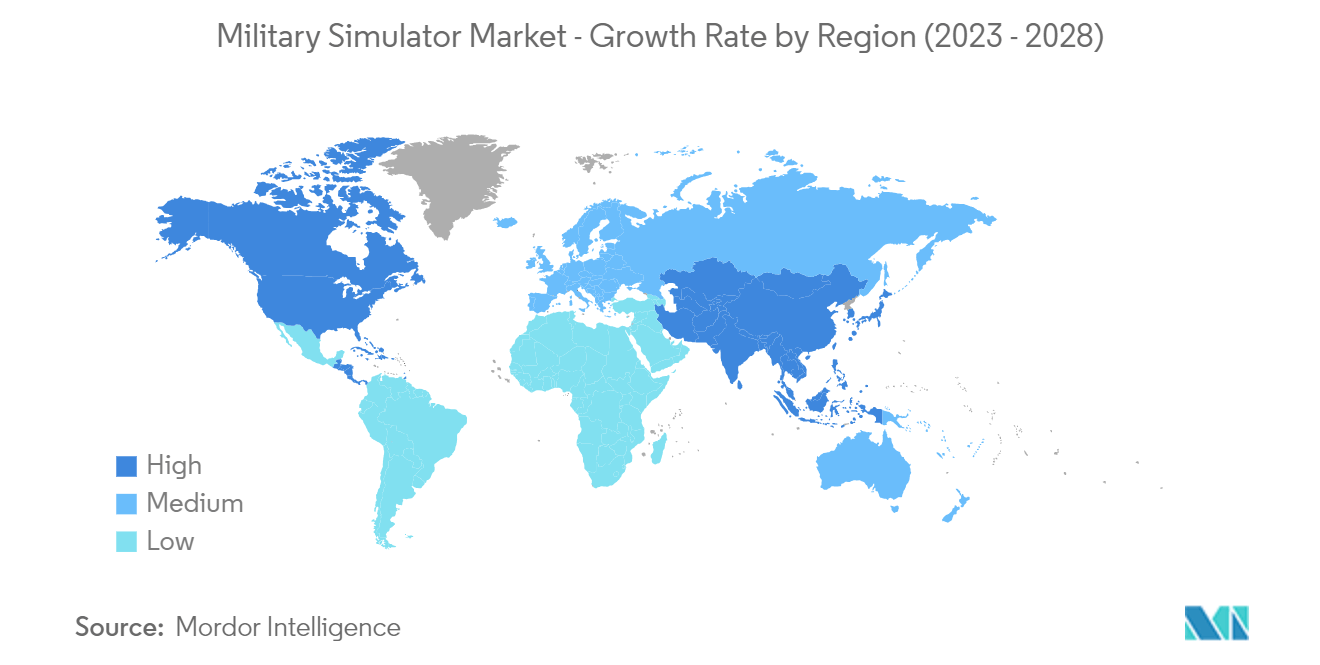Market Trends of Simulator Industry
Air Segment Will Showcase Remarkable Growth During the Forecast Period
The air segment is anticipated to show significant growth in the military simulators market during the forecast period. The growth is attributed to the complexity and risk involved in operating the aircraft compared to the other end users. For example, a single mistake by pilots on board a military aircraft while landing or taking off will cost the lives of people on board, result in the loss of sophisticated military property, and compromise the mission. Such complexity has forced the military authorities to incorporate simulator-based training for pilots.
Moreover, the increasing adoption of newer aircraft that incorporate complex technologies in the military may require pilots to familiarize themselves with the latest equipment and systems. For instance, in March 2023, the Indian Defense Ministry announced that they had sealed a deal with Hindustan Aeronautics Limited (HAL) to procure 70 HTT-40 basic trainer aircraft at a cost of more than USD 825.67 million for the Indian Air Force. Moreover, the HTT-40 is a turboprop aircraft possessing good low-speed handling qualities and training effectiveness. It is expected to meet the IAF’s shortage of basic trainer aircraft for the training of newly inducted pilots. Furthermore, in February 2023, BAE Systems plc and FSTC announced plans to design, build, and supply simulators to train pilots of the Indian armed forces. As a part of their partnership, both companies will develop a twin-dome full mission simulator for the BAE Systems Hawk 132 jet trainer aircraft, which will use a realistic synthetic environment to help pilots train at a higher standard. Thus, growing procurement of next-generation fighter jets and a rising number of pilot training programs drive the growth of the segment during the forecast period.

North America Dominates the Market During the Forecast Period
The US held the highest shares in the market and is expected to continue its domination during the forecast period. The growth is due to increasing spending on the defense sector and the presence of the highest military aircraft fleet. The US was the largest defense spender in the world, with a defense budget of USD 877 billion. The armed forces of the country are procuring several newer generation military vehicles across the land, air, and sea-based platforms amidst the ongoing race for technological superiority.
Also, the country is investing in the development and procurement of related simulator solutions, which in turn drives market growth across the region. Although the US Air Force has been procuring simulators on a large scale for several years, the US Navy is investing heavily in simulation to improve its navigation training, and it budgeted for new integrated bridge simulators to fill the capacity gaps. The efforts to increase ship simulator capacity are further supported by constructing new buildings in San Diego and Norfolk to house multiple simulation facilities. The Royal Canadian Air Force plans to combine two training programs under a single, multibillion-dollar project, the Future Aircrew Training Program, or FATP, where the number of pilots trained annually will increase.
Furthermore, the government of Canada, with plans to implement fire training simulators for military uses, offered to stand to VirTra, Inc. in December 2021. As per the offer, the company is expected to supply advanced military training simulators to the country’s land, marine, and air force divisions of the military. Such developments are expected to drive the growth of the market in the North American region during the forecast period.


